Alappuzha
Welcome to Alappuzha, a captivating district nestled between the Arabian Sea and a network of rivers that crisscross its landscape.
Explore Alappuzha
Welcome to Alappuzha, a captivating district nestled between the Arabian Sea and a network of rivers that crisscross its landscape. Often referred to as the “Venice of the East,” Alappuzha enchants visitors with its scenic beauty, historic landmarks, and a rich cultural heritage.
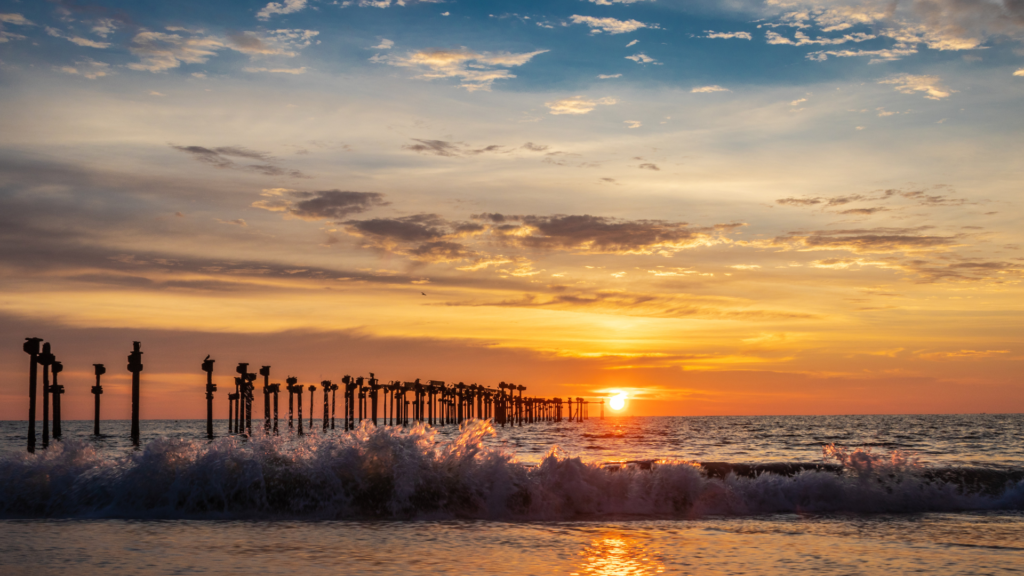
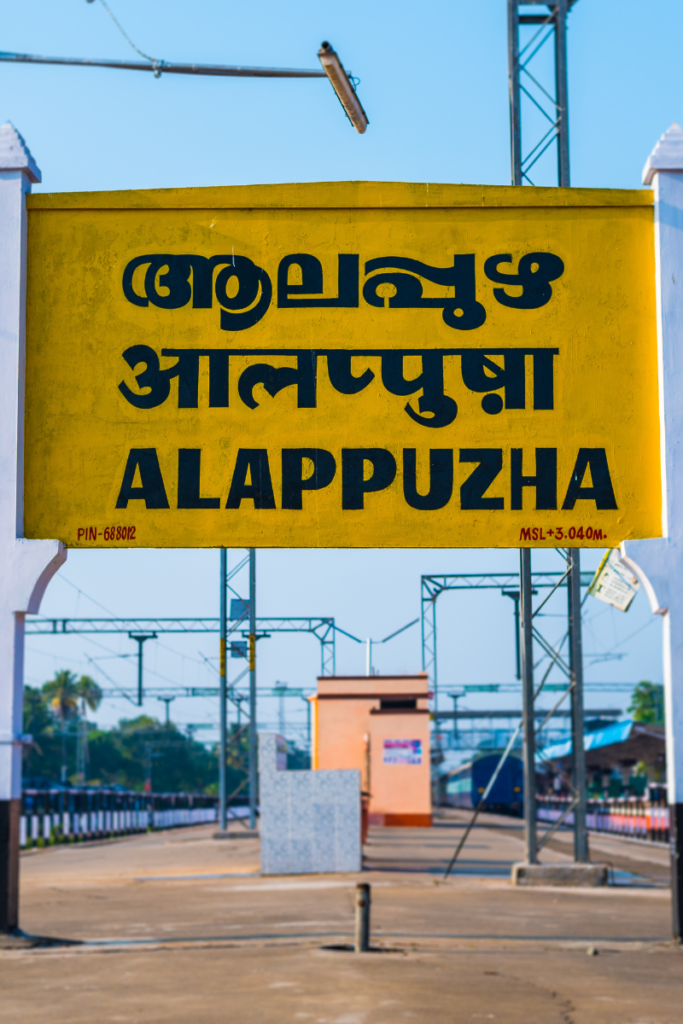
Landmark History
Alappuzha’s history dates back to ancient times, with mentions in classified literature and trade relations with ancient Greece and Rome. The district’s rice bowl, Kuttanad, showcases the Sangam age’s early agricultural practices. Lord Curzon, the Viceroy of the Indian Empire, was so enthralled by Alappuzha’s beauty that he dubbed it the “Venice of the East” in the early 20th century, a name that has endured on the world tourism map.
Location and Boundaries
- North Latitudes: 9o 05′ and 9o 54′
- East Longitudes: 76o 17′ 30″ and 76o 40′
Boundaries
- North: Kochi and Kanayannur Taluks of Ernakulam district
- East: Vaikom, Kottayam, Changanassery Taluks of Kottayam, and Thiruvalla, Kozhencherry, Adoor taluks of Pathanamthitta District
- South: Kunnathur and Karunagappally of Kollam District
- West: Lakshadweep (Arabian) sea
A Harmonious Blend of Nature and Heritage
From its serene backwaters to historic landmarks, Alappuzha invites you to discover a destination where nature and history seamlessly intertwine. Whether cruising along the tranquil canals or exploring centuries-old temples, Alappuzha promises an enriching and unforgettable experience. Join us in exploring the Venice of the East, where every corner tells a tale of a vibrant past and a promising future.
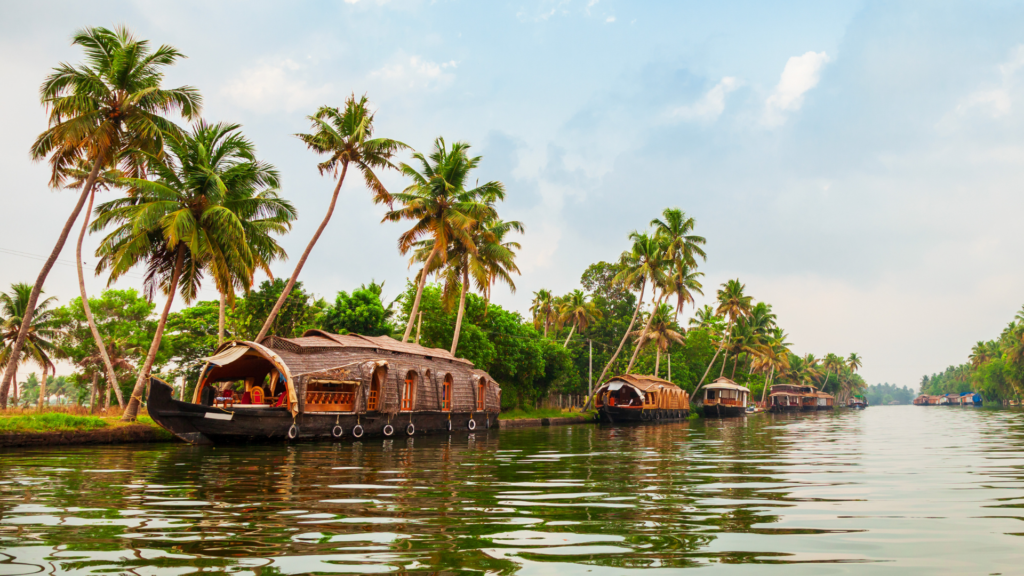
Alappuzha's Storied Tapestry
Delving into the annals of time, Alappuzha unfolds a captivating narrative marked by cultural richness, trade sagas, and the imprint of civilizations that have shaped its destiny.

Paleolithic Age
In the obscurity of the Paleolithic age, Alappuzha’s coastal taluks—Cherthala, Ambalappuzha, and Karthikappally—were presumed to be underwater. The gradual emergence of these areas, formed by the accumulation of silt and sand, reveals a fascinating story of geographical evolution.
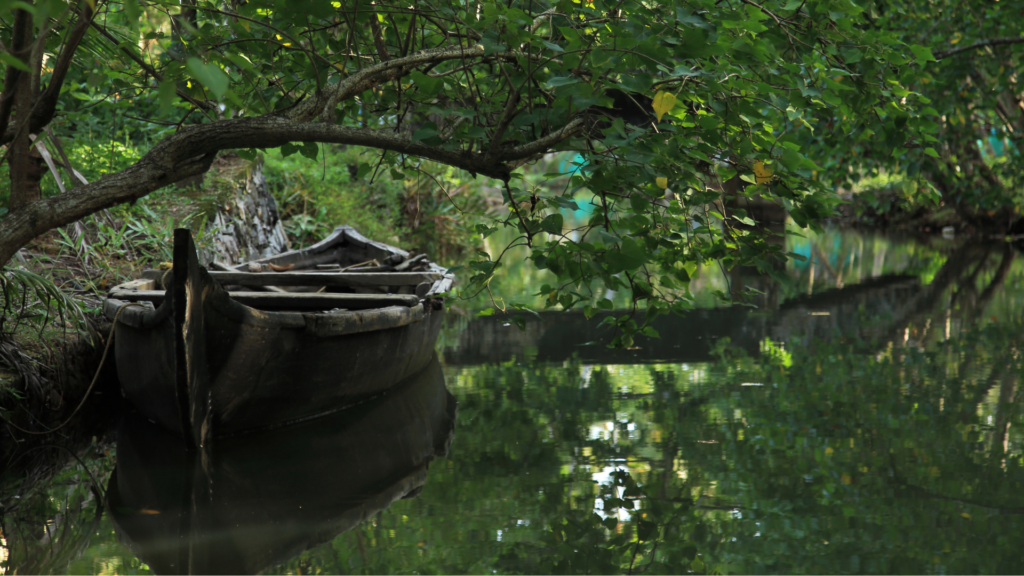
Early Trade Relations
Alappuzha’s historical significance extends to early trade relations with ancient Greece and Rome, as evidenced by mentions in classical works. Purakkad (Barace), for instance, found a place in the writings of famous travelers like Pliny and Ptolemy during the first and second centuries.

Christianity's Arrival
Christianity took root in Alappuzha from the 1st century A.D. The church at Kokkomangalam, believed to be one of the seven founded by St. Thomas, attests to the early Christian presence. St. Thomas, one of Jesus Christ’s disciples, is thought to have landed at Maliankara (Cranganore or Kodungallur) in 52 A.D., further establishing Alappuzha’s historical and religious ties.
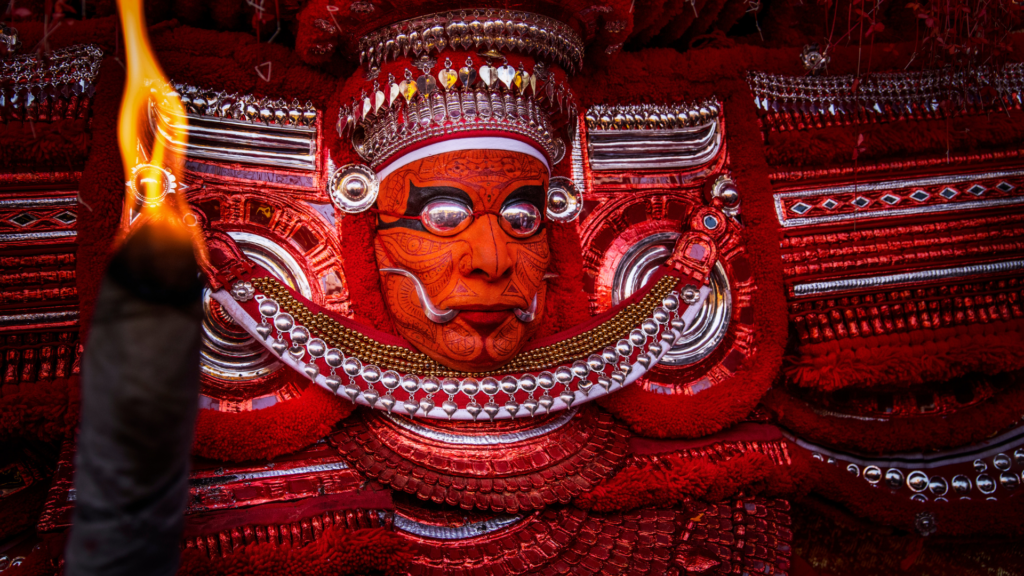
Chera Empire's Flourish
From the 9th to the 12th century AD, Alappuzha thrived under the second Chera Empire in the realms of religion and culture. The era produced literary gems like ‘Ascharya Choodamani,’ a Sanskrit drama by the scholar Sakthibhadra from Chengannur gramam.
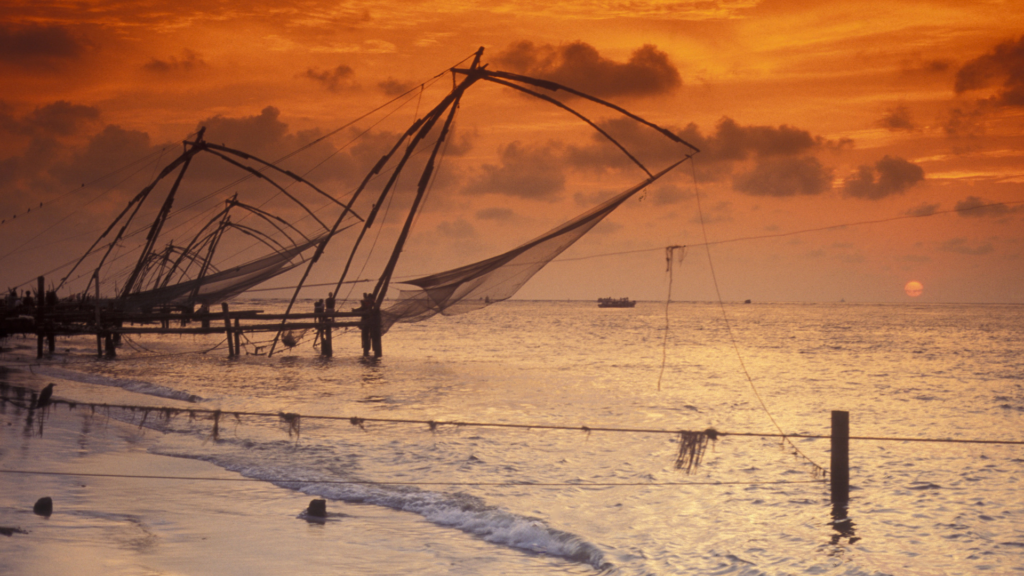
Emergence of Principalities (16th Century)
The 16th century witnessed the emergence of small principalities such as Kayamkulam, Purakkad (Ambalappuzha or Chempakasseri), and Karappuram (Cherthala). These principalities played a pivotal role in shaping the political landscape of Alappuzha.

European Intrigues (17th Century)
During the 17th century, the decline of Portuguese power paved the way for Dutch predominance in Alappuzha’s principalities. The Dutch established factories and warehouses, leaving an indelible mark on the political and cultural affairs of the region.
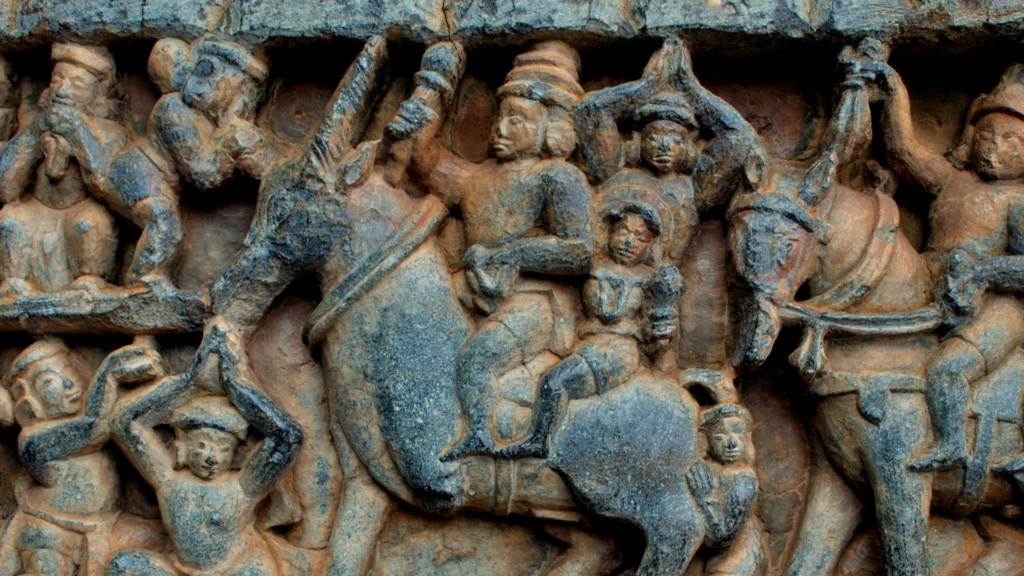
Marthandavarma's Legacy (18th Century)
The reign of Marthandavarma, hailed as the ‘Maker of modern Travancore,’ marked a transformative period for Alappuzha. His contributions included the improvement of infrastructure, making Alappuzha a premier port town. The Krishnapuram palace, a protected monument, stands as a testament to this era.
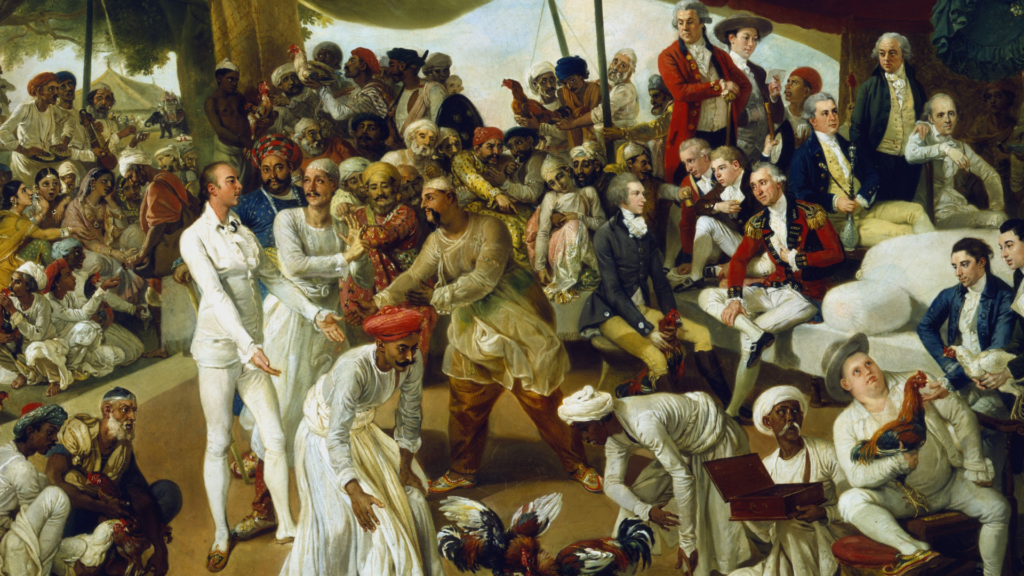
British Influence (19th Century)
The 19th century witnessed progress in various spheres. Alappuzha became a hub for coir manufacturing, with the establishment of the first modern factory in 1859. The town Improvement Committee was established in 1894, reflecting an era of modernization and development.
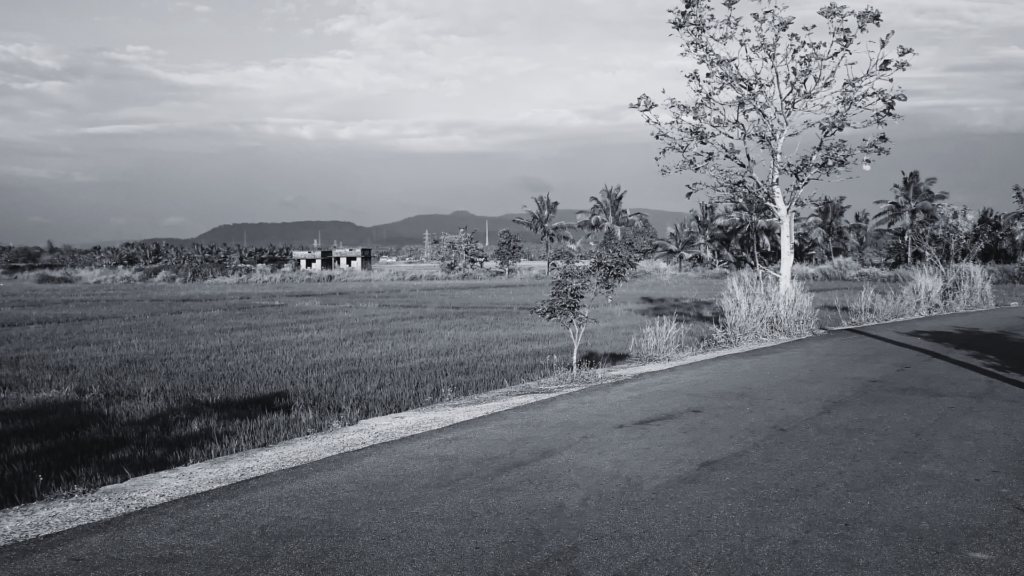
Freedom Struggle Contributions
Alappuzha’s role in the freedom struggle was notable. T.K. Madhavan spearheaded campaigns against untouchability, leading to the opening of approach roads to temples. The district saw the ‘Nivarthana’ movement in protest against constitutional repression in 1932 and hosted the first political strike in Kerala in 1938.
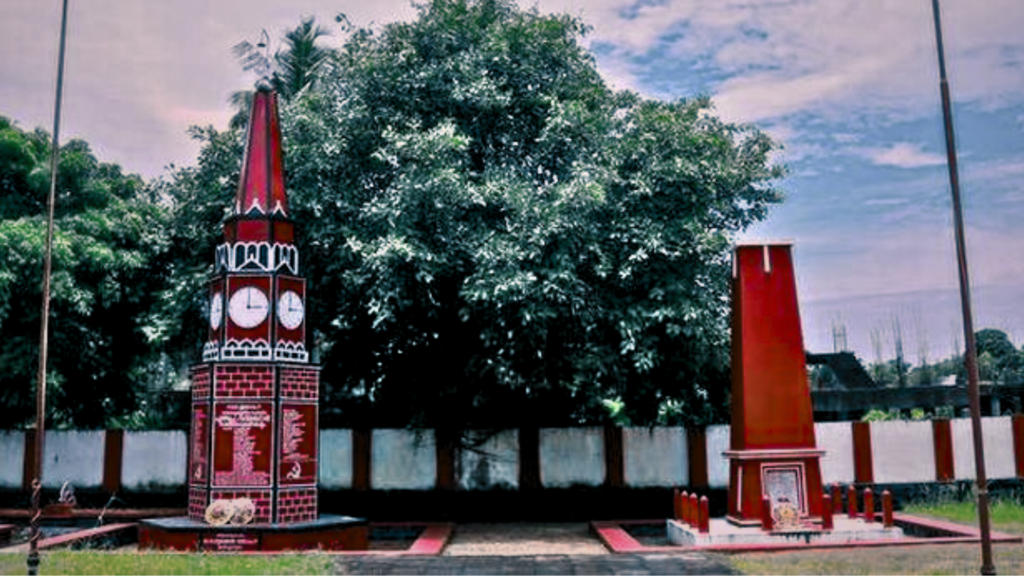
Punnapra-Vayalar Struggles (1946)
The historic struggles of Punnapra and Vayalar in 1946 solidified public resistance against Sir C.P. Ramaswamy Iyer, the Diwan of Travancore. These events paved the way for political change and contributed to the eventual integration of the Travancore and Cochin states.
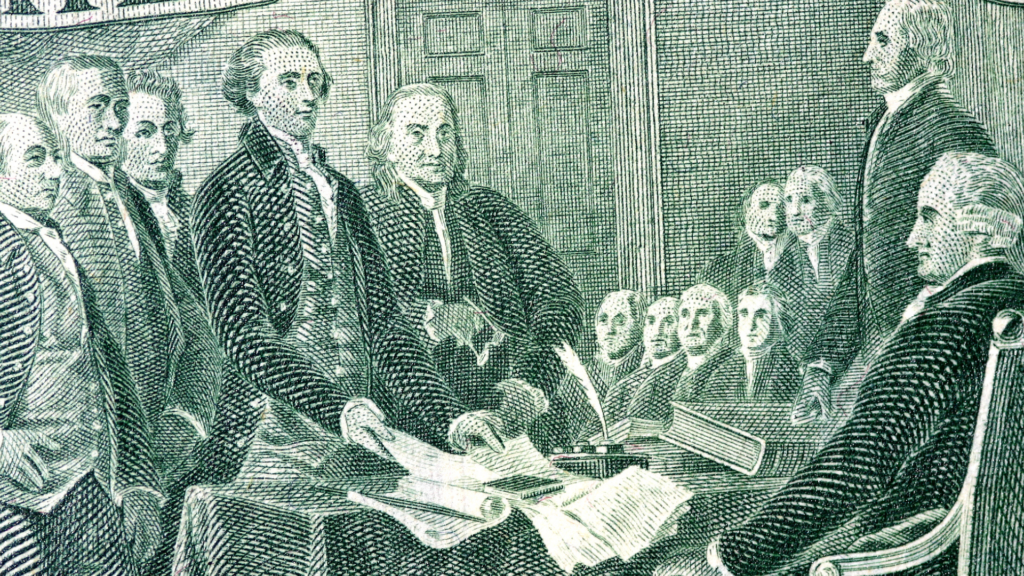
Post-Independence Era
Following India’s independence, Alappuzha underwent administrative restructuring, emerging as a separate administrative unit on August 17, 1957. The district has since continued to evolve, preserving its rich history while embracing the challenges and opportunities of the present and future.
